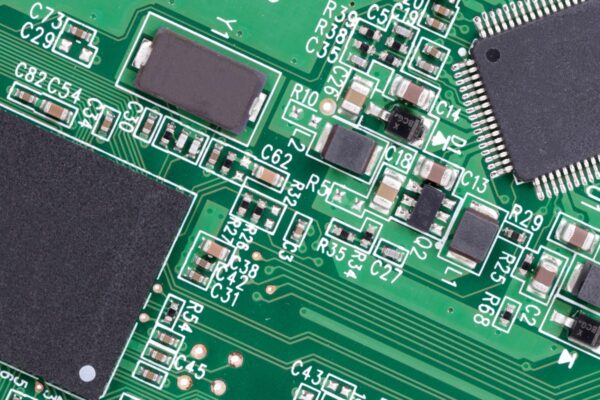What is Electronic Component
An electronic component is a device or part that is utilized to achieve various electrical functionalities within a circuit. These components can be categorized into two main types: passive and active. Passive electronic components are those that impede the flow of electrical signals through them without altering the signals. Examples of passive components include resistors, capacitors, inductors, and connectors. These components play a crucial role in controlling and regulating the flow of electricity in a circuit. Active electronic components are those that alter the electrical signals that pass through them. They possess a control mechanism that guides them to change the signal flow based on specific conditions. Examples of active components include transistors, integrated circuits (IC), and logic gates. These components are essential in amplifying, switching, and controlling electrical signals within a circuit.
Designers in the PCB industry utilize a combination of active and passive electronic components to create a schematic that represents the desired functionality of the circuit. This schematic is then translated into a layout that is transferred onto the PCB. The assembler adds the necessary components to the board and solders them in place, allowing the assembly to function as intended.
Furthermore, electronic components can be further classified based on their method of mounting with two common methods:
- Through-Hole Components (THC): These components have long leads that are mounted through holes drilled into the PCB. They are typically mounted from the top side of the board, with the leads protruding through the board. The leads terminate on pads on the bottom side of the board, and a wave soldering process is used to anchor them to the pads with solder. THCs are often larger in size and do not offer high component density. They require additional manufacturing processes such as drilling and plating to create the necessary holes and plated through holes (PTH).
- Surface Mount Components (SMC): SMCs offer higher component density compared to THCs. These components have small leads and are physically smaller in size. They are mounted directly on pads on the same side of the board, without the need for drilled holes. SMCs can be packed much closer together on the PCB. Mounting SMCs requires the use of solder paste and an accurate stencil. A pick-and-place machine is used to accurately place the components on the board. Soldering SMCs is done using a reflow soldering machine, which heats the solder paste to melt the solder and anchor the components to the board.
Frequently Asked Questions
What Are the 4 Basic Types of Electronic Components
They are commonly referred to as electrical elements or electrical components. Some examples of these components include resistors, capacitors, diodes, and inductors.
What Is the Role of Electronic Components
Electrical components play a crucial role in the operation of a circuit. They are responsible for generating, transforming, and transmitting electrical energy. Some common examples of electrical components include resistors, diodes, transistors, and inductors. These components are essential for the proper functioning of an electrical circuit.
What Is the Difference Between Electronic and Electronic Components
Electrical components and electronic components are distinct types of components utilized in various applications. Electrical components primarily focus on the distribution and control of electrical power, whereas electronic components primarily deal with electronic signals.
What Is the Most Used Electronic Components
Some of the frequently utilized electronic components include resistors, capacitors, inductors, diodes, LEDs, transistors, crystals and oscillators, electromechanical components such as relays and switches, integrated circuits (ICs), and connectors.
How Do Electronic Components Fail
Failures in electronic components can occur due to various factors such as excessive temperature, current or voltage, ionizing radiation, mechanical shock, stress, impact, and other similar causes. In the case of semiconductor devices, failures can be attributed to issues with the device package, including contamination, mechanical stress, or the presence of open or short circuits.
What Is a Connector vs Component
A component is a functional unit that describes its behavior and requirements. It defines what the component is capable of doing and what it needs to perform its tasks. On the other hand, a connector serves as a means to connect one component to another, typically through relationships like data flow or control flow.
How Are Electronic Components Named
In electronic component naming conventions, the first number in the naming convention for standard through-hole components is determined by the lead spacing or hole-to-hole location where component leads are inserted.
What Is the Difference Between Electronic and Non Electronic Components
The primary distinction between electrical and electronic components lies in their functionality. Electrical components convert electrical energy into various other forms such as heat, light, sound, etc. On the other hand, electronic components are responsible for regulating the flow of electrons in order to carry out specific tasks.





